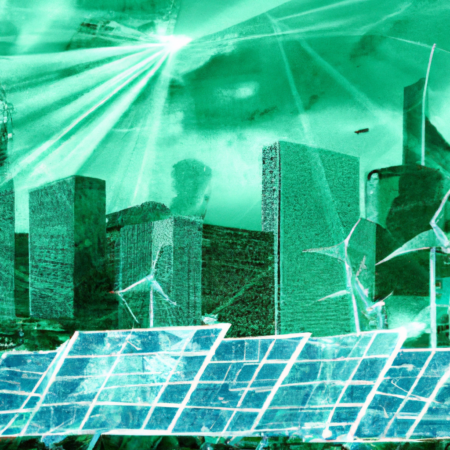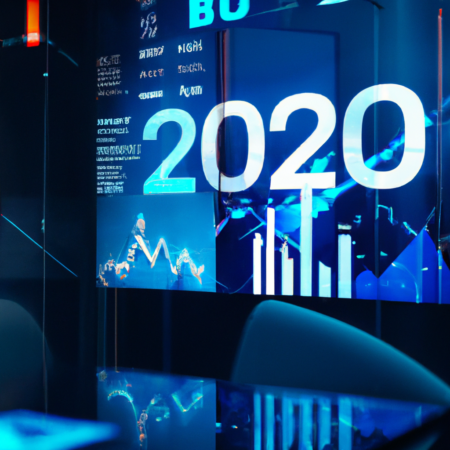Navigating the Economic Shifts: Strategies for Growth in 2025
As we move into the second quarter of 2025, the global economy continues to experience significant shifts driven by technological advancements, changing trade policies, and evolving consumer behaviors. Businesses and policymakers must adapt swiftly to these changes to harness growth opportunities and mitigate risks.
Understanding the Key Economic Trends of 2025
The year 2025 has been marked by several key trends that are shaping the economic landscape. First, the integration of AI in various sectors is not only improving efficiency but also transforming employment patterns. Second, sustainability has moved from a niche interest to a central strategy in business planning, driven by both consumer demand and regulatory changes.
Adapting to Technological Disruption
The widespread adoption of AI and machine learning technologies has necessitated a rethink of business models. Companies that are quick to integrate new technologies into their operations are seeing substantial benefits in terms of cost reduction and increased market reach. However, this shift also poses challenges, particularly in the realm of employment and privacy.
The Role of Policy in Economic Stability
Policymakers are tasked with the dual challenge of fostering innovation while ensuring economic stability. This includes managing the impact of technology on employment, ensuring fair competition, and overseeing data protection laws. Additionally, international trade policies are being redrawn to reflect new economic realities, with a focus on fairness and sustainability.
Strategies for Economic Growth
To thrive in this evolving economic environment, businesses and countries need to focus on several strategic areas. Investing in technology and human capital, adapting supply chains to be more resilient, and enhancing sustainability measures are crucial. Furthermore, fostering a culture of continuous innovation and adapting to regulatory changes swiftly will be key to success.
Conclusion
The landscape of the global economy in 2025 demands a dynamic and informed approach to business and policy-making. By staying ahead of trends and adapting strategies accordingly, stakeholders can not only survive but thrive in this new economic era.






